Video footage has become a staple in courtrooms, often regarded as the ultimate truth. However, the reality is more complicated. While cameras can capture critical moments, the footage they produce isn’t always as honest as it appears. In fact, video evidence can be altered in ways that seriously impact the outcome of a trial.
The Many Faces of Video Manipulation
Editing is one of the most common ways videos are changed. A clip can be trimmed to leave out important context or rearranged so events appear out of order. Imagine a heated argument caught on camera: if only the final moments are shown, it might look like someone acted aggressively for no reason, when in fact they were responding to provocation that was cut from the recording.
Audio manipulation is another trick that can mislead viewers. Sounds can be added, removed, or modified. With the right tools, it’s possible to make it seem like someone said something they never actually uttered or to erase background noises that might have changed the way the video is interpreted.
Deepfakes have taken video tampering to a new level. Using advanced artificial intelligence, someone can swap faces or put words in a person’s mouth, creating a convincing but entirely fake scene. These kinds of edits are difficult to spot without expert analysis.
Even the quality of the video can play a role. Blurry, pixelated, or poorly lit footage can lead to misunderstandings. When the picture isn’t clear, viewers may fill in the gaps with their own assumptions, which can be dangerous when someone’s freedom is at stake.
The Risks of Relying on Altered Footage
When courts accept manipulated video as genuine, the consequences can be severe. A person might be wrongly convicted based on doctored evidence, or someone guilty could escape justice. In family disputes, edited videos have the potential to sway decisions about child custody or financial matters, sometimes with lasting harm.
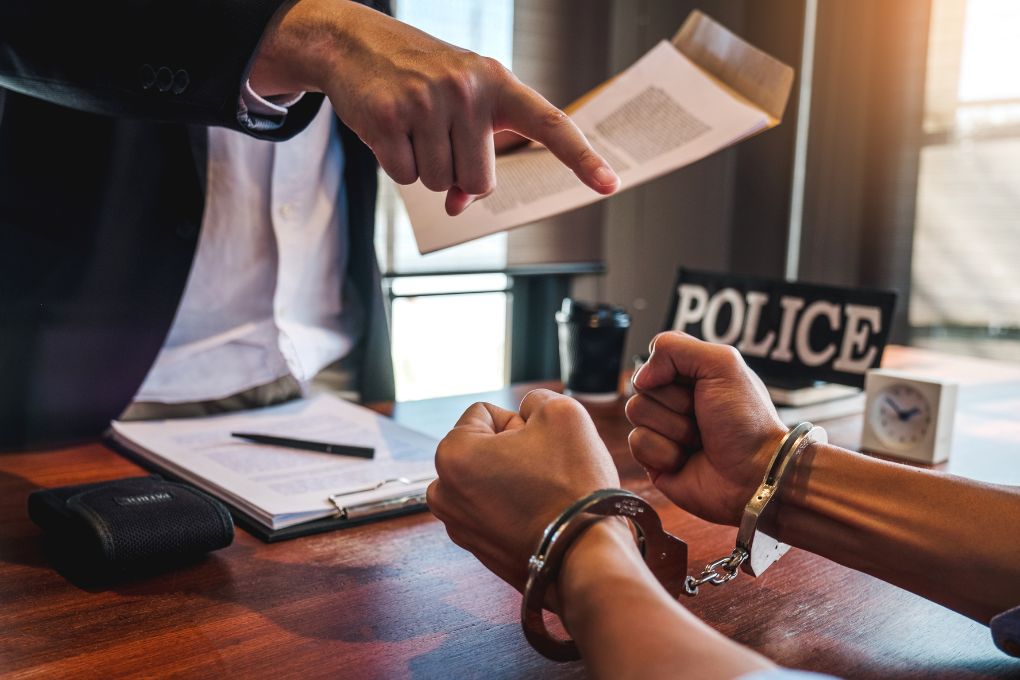
How Courts Work to Protect the Truth
To guard against tampering, courts require a clear record of who handled the video from the moment it was recorded to when it’s presented as evidence. This is called the chain of custody. If there’s any uncertainty about where the footage has been or who has accessed it, its reliability comes into question.
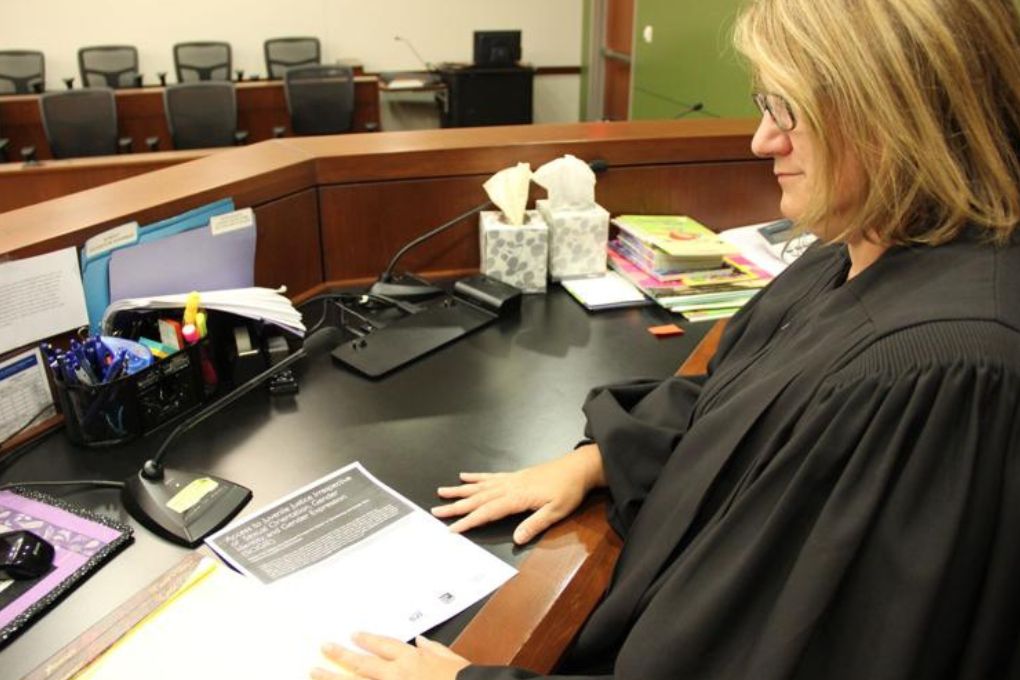
Experts are often brought in to scrutinize video evidence. They look for signs of digital editing—unusual jumps in the footage, mismatched lighting, or inconsistencies in the audio. Sometimes, they examine the file’s data to see if it’s been altered by editing software.
Lawyers also play a crucial role. They may challenge the authenticity of a video or argue that it lacks important context. Witnesses and other forms of evidence can help fill in the gaps and provide a fuller picture of what happened.
What You Should Do If Video Evidence Is Used Against You
If you find yourself in a legal situation where video footage is important, don’t assume it’s untouchable. Ask your lawyer to verify its authenticity and completeness. If you suspect foul play, request an expert review. Remember, a video is just one piece of the puzzle—it shouldn’t be the only thing the court considers.
Video evidence can be powerful, but it’s not infallible. As technology evolves, so do the ways people can manipulate what we see and hear. That’s why it’s essential for everyone involved in the legal process to approach video footage with a critical eye, ensuring that justice is based on the truth, not just what appears on a screen.




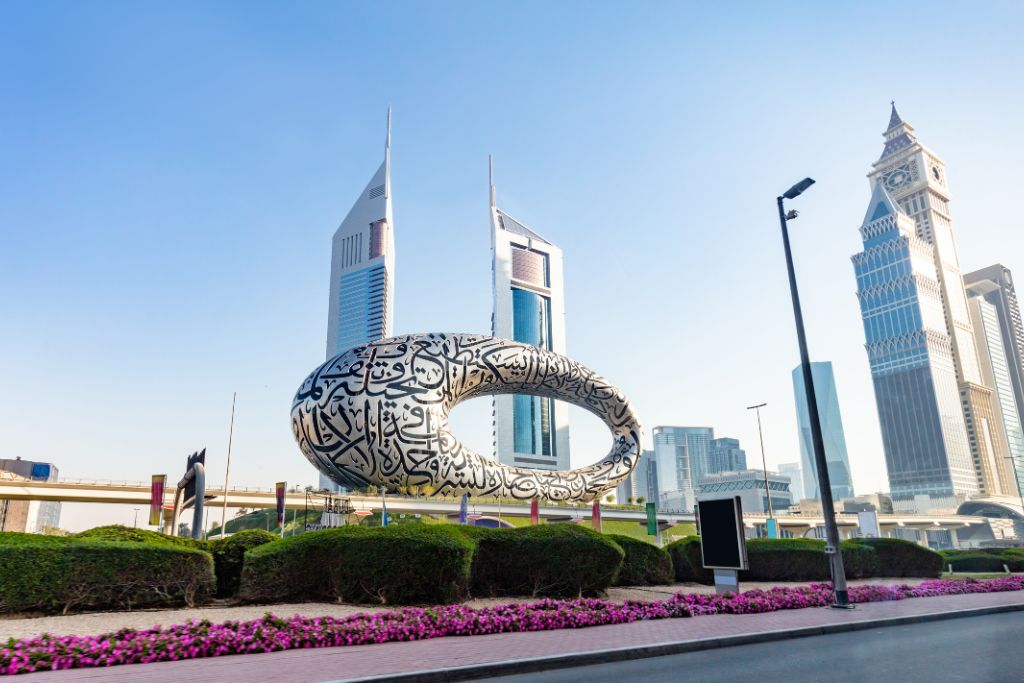

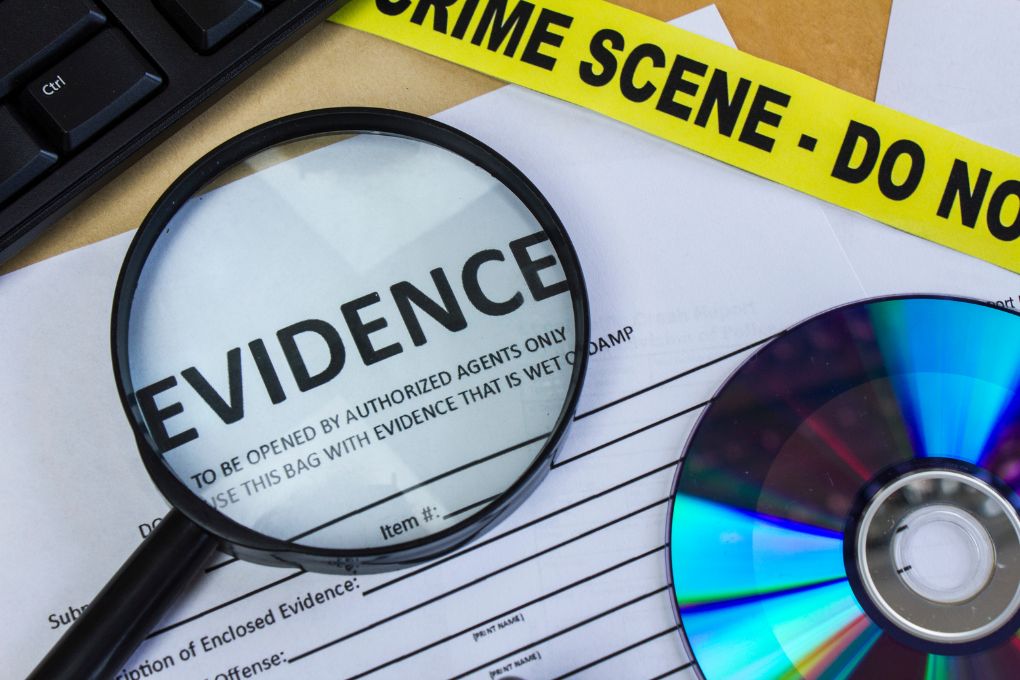
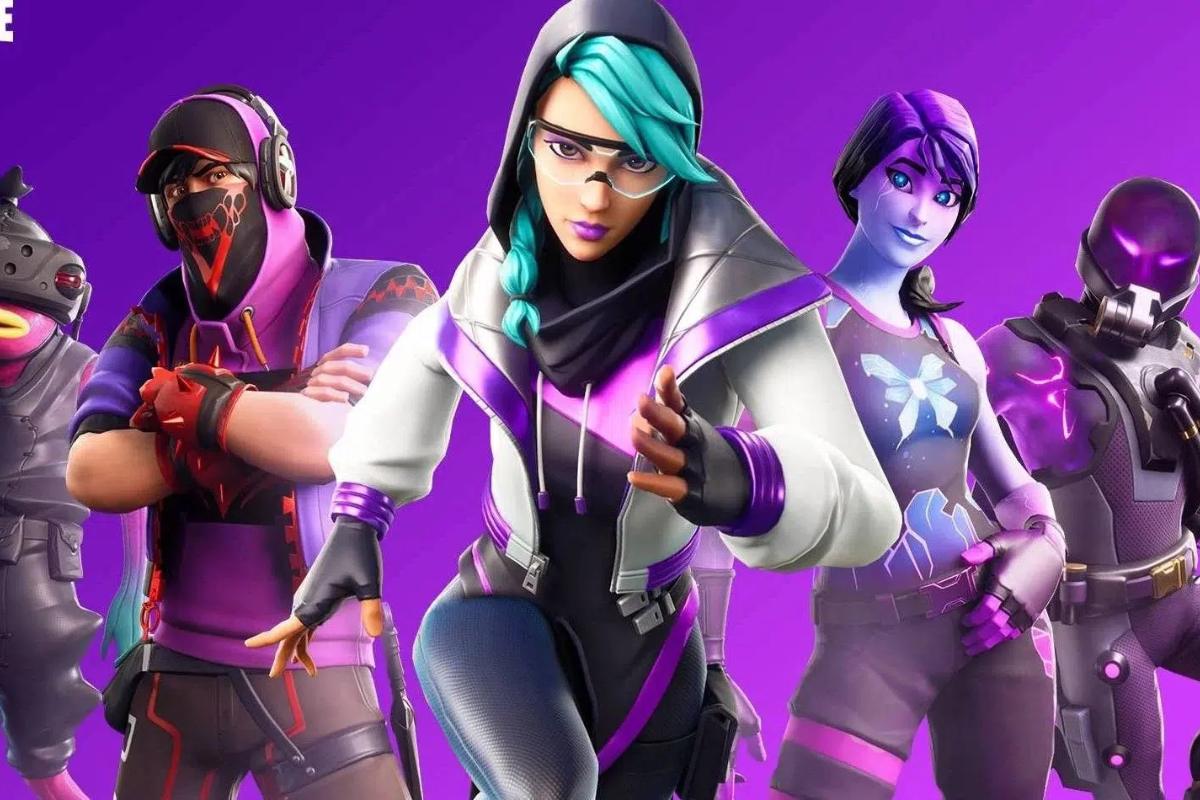
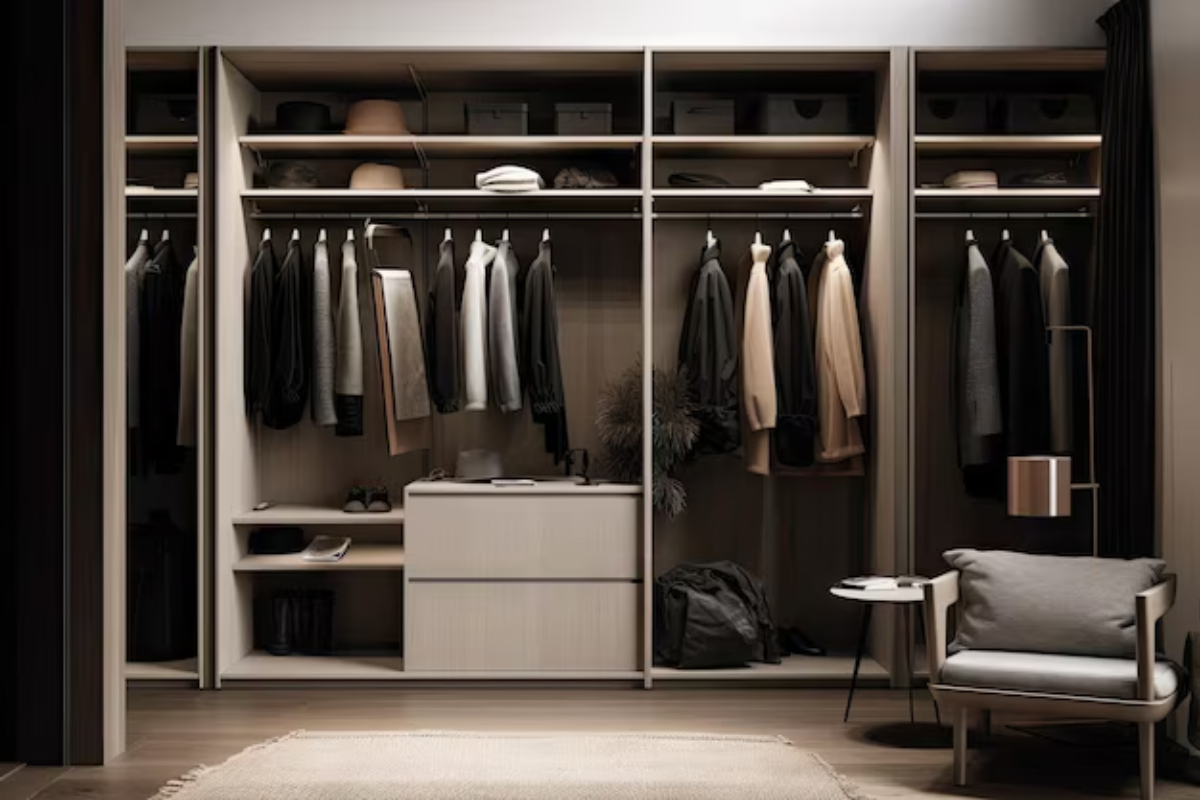

Recent Comments